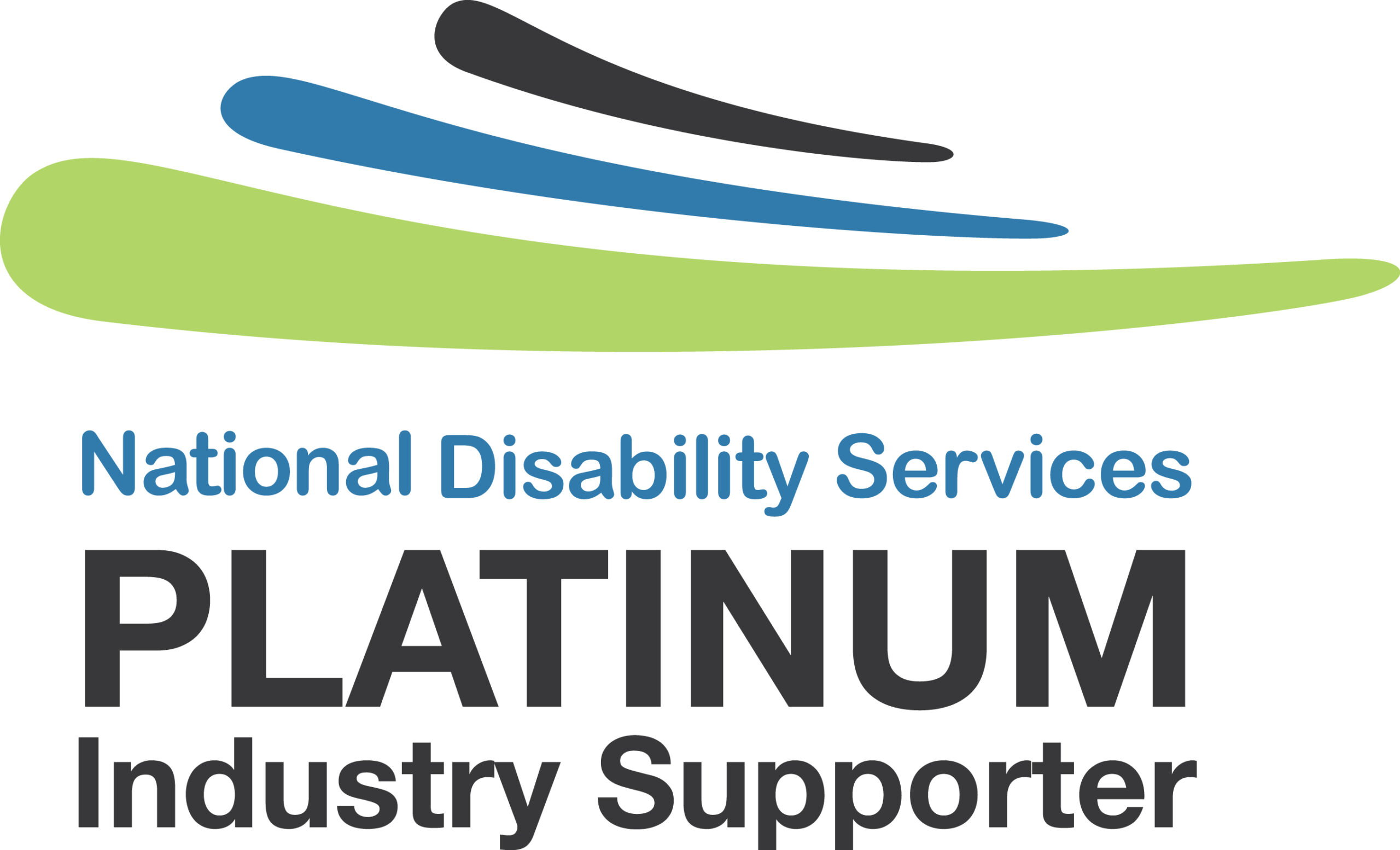With the NDIA facing increasing pressure to rein in rising costs, the Grattan Institute has released a report, Saving the NDIS: How to rebalance disability services to get better results, to offer policy solutions for a more sustainable scheme. Big title, big ideas.
At quickclaim, we love a good report – particularly one that’s all about financial sustainability – so we decided to explain some of its suggestions and what potential impacts they would have on providers.
We need to emphasise: this report is urging policy changes that the Albanese Government has yet to respond to, let alone adopt. As such, we merely want to explore what could work and why. We’re a bit nerdy like that.
The NDIA’s unsustainable growth
In 2023-2024, the NDIS cost nearly $42 billion. Within the next three years, the number is expected to balloon to $58 billion. Undoubtedly, it’s one of the biggest challenges facing the Federal Government. So, what’s causing the growth?
The simple answer: the scheme has nearly double the number of child participants than the Productivity Commission envisioned. A mature scheme was meant to serve 490,000 people, but is now serving more than 700,000 people, with the increase almost exclusively down to the number of children entering the scheme.
Neither we, nor the Grattan Institute, is suggesting that these children shouldn’t receive the vital supports that they do. But the report does suggest the need for more mainstream disability supports outside of the NDIS, so that the scheme isn’t the only ‘lifeboat in the ocean’ – sentiment shared by the NDIS Review’s Final Report from 2023.
Saving the NDIS: four policy changes
The Grattan Institute recommends four key policy changes, which would reduce NDIS payments by approximately $12 billion over the next ten years:
- Set firmer boundaries on NDIS eligibility and who it’s intended to serve.
- Change how the NDIS manages claims, affording more flexibility in how funding is used.
- Introduce foundational supports to ensure people not on the scheme receive support.
- Develop a new National Disability Agreement to ensure greater cooperation between governments.
All in all, these recommendations follow a similar vein to what was suggested in the NDIS Review’s Final Report. However, the second recommendation deserves further analysis, partly because it includes two of our favourite things – budgets and claiming.
Fairer plans in the NDIS
It’s often been reported that the way in which the NDIS sets budgets can often be adversarial, with a NDIA planner deciding what should be funded based on a participant’s evidence. When they receive their NDIS Plan, the participant is then limited by the scheme’s inflexibility.
The Grattan Institute recommends standardised assessment similar to the UK and what’s taking place with the Support at Home rollout in Australia – to ensure subjectivity is removed and planners aren’t required to make contrasting judgements.
What’s perhaps more surprising is that the Grattan Institute also recommends more flexible use of funding. This means a participant would receive their benchmark budget and can then choose how to spend their funding.
Currently, a participant is limited to the NDIS funded supports list contained in the interim Section 10 Rules, but this is just as likely to lead to a drop in plan utilisation rates according to the Grattan Institute. They also severely impact innovation, where a participant might find a low-cost solution.
We get that this might be an over-simplification, but we welcome any potential policy change that works to improve plan utilisation rates and champions a participant’s right to choice and control.
Do you think these recommendations would work? We see them as complementing the great work providers currently do and removing funding uncertainty.
To read the full report, including cost breakdowns, please click here.
























